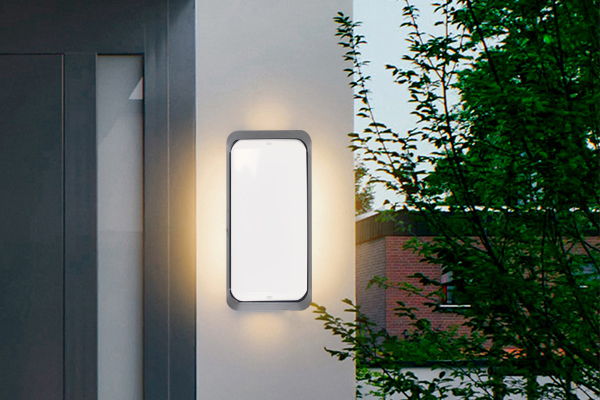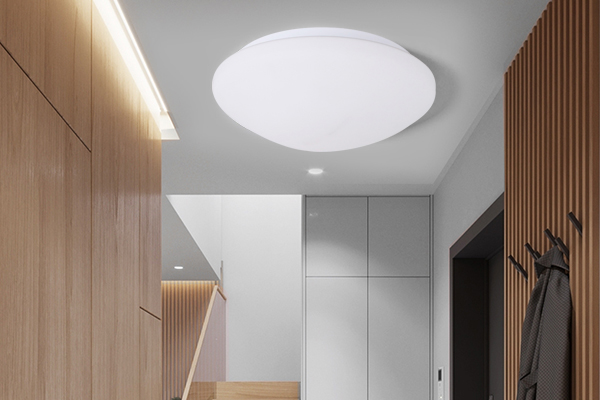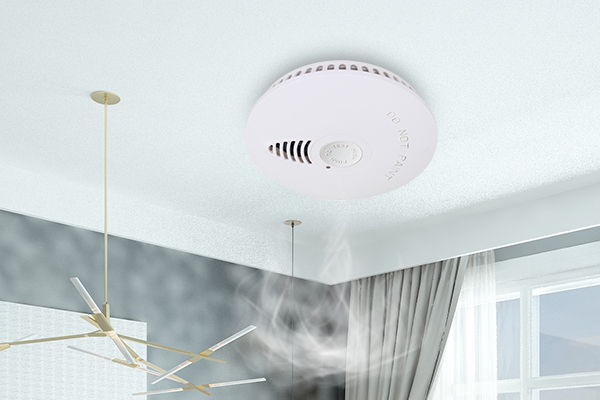Principle and classification of photoelectric switches
Principle and classification of photoelectric switches
Photoelectric switch is a member of the sensor family. It changes the intensity of the light between the transmitter and the receiver into the change of the current to achieve the purpose of detection. Since the output circuit and the input circuit of the photoelectric switch are electrically isolated (i.e. electrically isolated), it can be used in many applications.
1. Working principle
Photoelectric switch (photoelectric sensor) is short for photoelectric proximity switch, which uses the shielding or reflection of the detected object to the beam, and selects the current path from the synchronous circuit, so as to detect the presence of the object. Objects are not limited to metal; anything that reflects light can be detected. The photoelectric switch converts the input current into light signal on the transmitter, and the receiver detects the target object according to the intensity or presence of the received light. Most photoelectric switches use infrared light with wavelengths close to visible light.
2.Classification
1). Diffuse reflection photoelectric switch: it is a sensor integrating transmitter and receiver. When the detected object passes by, the object will reflect enough light from the photoelectric switch transmitter to the receiver, so the photoelectric switch will generate a switching signal. When the surface of the detected object is bright or its reflective rate is very high, the diffuse photoelectric switch is the preferred detection mode.
2). mirror reflection photoelectric switch: it is also a transmitter and receiver in one, the light emitted by the photoelectric switch transmitter is reflected back to the receiver through the mirror, when the detected object through and completely block the light, the photoelectric switch will generate a detection switch signal.
3). Counter photoelectric switch: it contains a transmitter and a receiver that are separated from each other in structure and placed relative to the optical axis. The light from the transmitter directly enters the receiver. When the detection object is opaque, the most reliable detection device.
4). Slot photoelectric switch: it usually uses the standard U-shaped structure, the transmitter and receiver are located on both sides of the U-shaped slot, and form an optical axis, when the detected object through the U-shaped slot and block the optical axis, the photoelectric switch will produce a switching signal. Slot type photoelectric switch is more suitable for detecting high-speed moving objects, and it can distinguish transparent and translucent objects, safe and reliable use.
5). Optical fiber photoelectric switch: it uses plastic or glass optical fiber sensor to guide the light, can be far away from the detection of objects. Generally, optical fiber sensors are divided into radiative and diffuse reflectance sensors.
Photoelectric switch in general, there are three parts, they are divided into: transmitter, receiver and detection circuit.
3. Composition and attention points
The following places are generally likely to cause misoperation of the photoelectric switch and should be avoided as far as possible:
● Dust more places;
● Corrosive gas more places;
● Places where water, oil and chemicals may splash directly;
● Outdoor or sunlight and other direct sunlight without shading measures.
● The environment temperature changes beyond the scope of the product;
● Vibration, impact, and did not take shock absorbers.
The detection distance is far, up to dozens of meters;
Specular reflection type detection distance is shorter, up to 10 meters;
Diffuse reflection detection distance is generally within three meters;
Photoelectric switch is a member of the sensor family. It changes the intensity of the light between the transmitter and the receiver into the change of the current to achieve the purpose of detection. Since the output circuit and the input circuit of the photoelectric switch are electrically isolated (i.e. electrically isolated), it can be used in many applications.
1. Working principle
Photoelectric switch (photoelectric sensor) is short for photoelectric proximity switch, which uses the shielding or reflection of the detected object to the beam, and selects the current path from the synchronous circuit, so as to detect the presence of the object. Objects are not limited to metal; anything that reflects light can be detected. The photoelectric switch converts the input current into light signal on the transmitter, and the receiver detects the target object according to the intensity or presence of the received light. Most photoelectric switches use infrared light with wavelengths close to visible light.
2.Classification
1). Diffuse reflection photoelectric switch: it is a sensor integrating transmitter and receiver. When the detected object passes by, the object will reflect enough light from the photoelectric switch transmitter to the receiver, so the photoelectric switch will generate a switching signal. When the surface of the detected object is bright or its reflective rate is very high, the diffuse photoelectric switch is the preferred detection mode.
2). mirror reflection photoelectric switch: it is also a transmitter and receiver in one, the light emitted by the photoelectric switch transmitter is reflected back to the receiver through the mirror, when the detected object through and completely block the light, the photoelectric switch will generate a detection switch signal.
3). Counter photoelectric switch: it contains a transmitter and a receiver that are separated from each other in structure and placed relative to the optical axis. The light from the transmitter directly enters the receiver. When the detection object is opaque, the most reliable detection device.
4). Slot photoelectric switch: it usually uses the standard U-shaped structure, the transmitter and receiver are located on both sides of the U-shaped slot, and form an optical axis, when the detected object through the U-shaped slot and block the optical axis, the photoelectric switch will produce a switching signal. Slot type photoelectric switch is more suitable for detecting high-speed moving objects, and it can distinguish transparent and translucent objects, safe and reliable use.
5). Optical fiber photoelectric switch: it uses plastic or glass optical fiber sensor to guide the light, can be far away from the detection of objects. Generally, optical fiber sensors are divided into radiative and diffuse reflectance sensors.
Photoelectric switch in general, there are three parts, they are divided into: transmitter, receiver and detection circuit.
3. Composition and attention points
The following places are generally likely to cause misoperation of the photoelectric switch and should be avoided as far as possible:
● Dust more places;
● Corrosive gas more places;
● Places where water, oil and chemicals may splash directly;
● Outdoor or sunlight and other direct sunlight without shading measures.
● The environment temperature changes beyond the scope of the product;
● Vibration, impact, and did not take shock absorbers.
The detection distance is far, up to dozens of meters;
Specular reflection type detection distance is shorter, up to 10 meters;
Diffuse reflection detection distance is generally within three meters;










